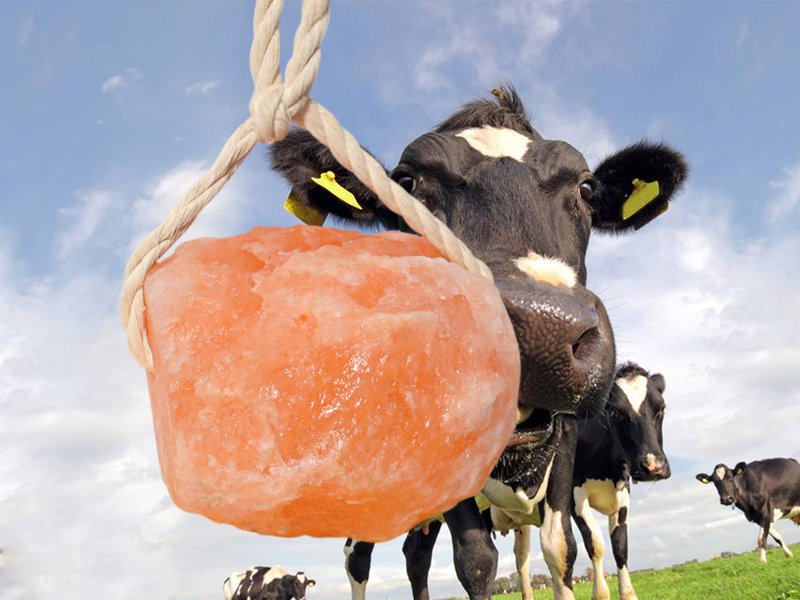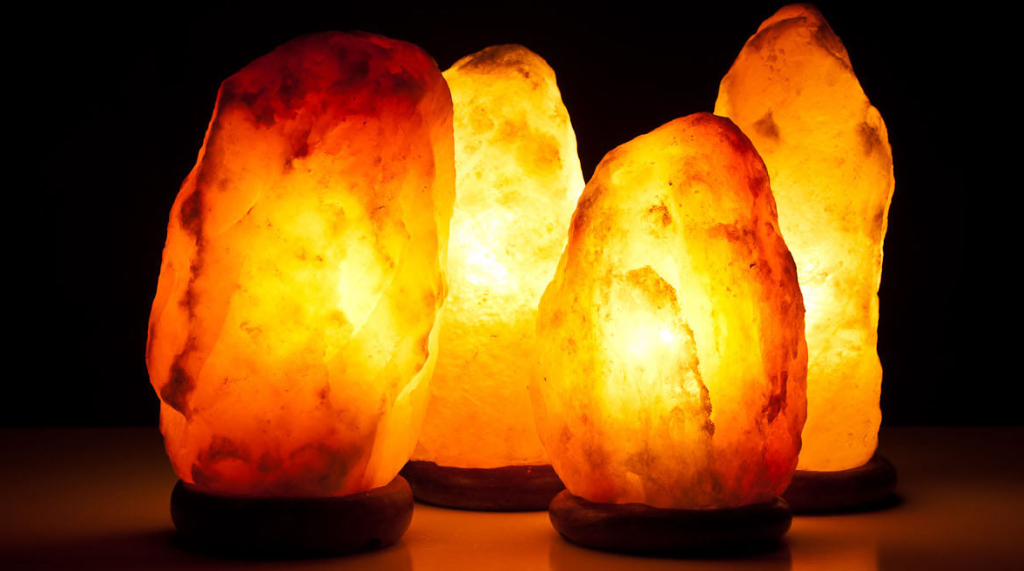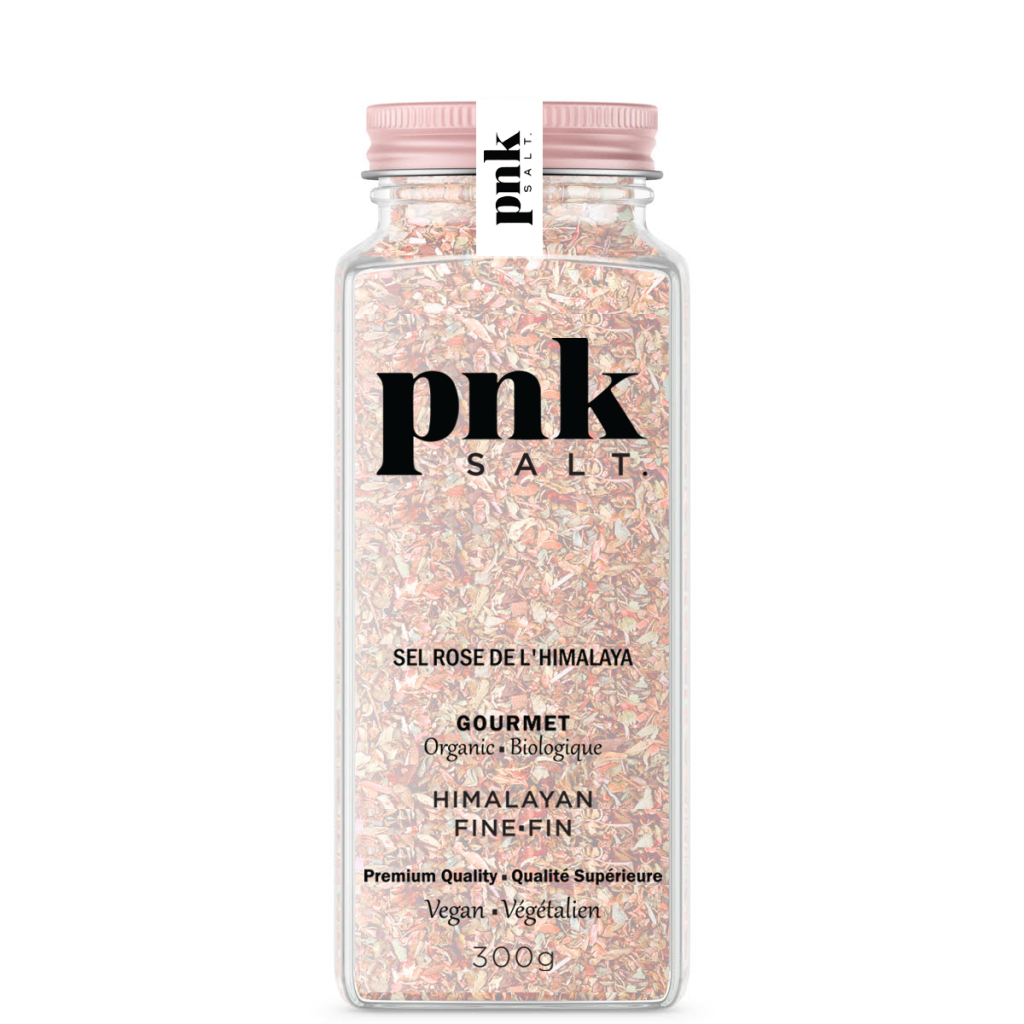- Introduction
- Importance of Salt for Animals
- Himalayan Region and Natural Salt Deposits
- Salt Licks for Livestock
- Benefits of Himalayan Pink Salt for Animals
- Monitoring Salt Intake for Livestock Health
- Conclusion
- Final Thoughts
Introduction
Salt is an essential nutrient for animals, and they often crave it. The Himalayan region is known for its natural salt deposits, including Himalayan pink salt, which contains a variety of minerals that are beneficial for animals’ health. In this article, we will discuss the importance of salt for animals, the natural salt deposits in the Himalayan region, and the use of salt licks for livestock.
Importance of Salt for Animals
Salt plays a critical role in maintaining animals’ health and well-being. It helps regulate fluid balance, aids in digestion, and supports muscle and nerve function. Animals often crave salt because their bodies need it to function correctly.
Himalayan Region and Natural Salt Deposits
The Himalayan region is rich in natural salt deposits, including Himalayan pink salt. These salt deposits have formed over millions of years and are known for their unique mineral composition.
Salt Licks for Livestock
Salt licks are commonly used to supplement livestock’s diet with necessary minerals. Animals are naturally drawn to salt licks and will lick them to obtain the necessary minerals. Salt licks can be found in the Himalayan region and are often used by farmers to supplement their livestock’s diet.
Benefits of Himalayan Pink Salt for Animals
Himalayan pink salt contains a variety of minerals that are beneficial for animals’ health, including magnesium, calcium, and potassium. These minerals help support muscle and nerve function, maintain fluid balance, and aid in digestion.
Monitoring Salt Intake for Livestock Health
While salt is essential for animals’ health, excessive consumption can be harmful. It can lead to dehydration, electrolyte imbalances, and other health problems. Farmers should monitor their livestock’s salt intake and provide them with appropriate amounts of salt to maintain their overall health and well-being.
Conclusion
In conclusion, salt is an essential nutrient for animals, and the Himalayan region is rich in natural salt deposits. Farmers can use salt licks to supplement their livestock’s diet with necessary minerals, but they should monitor their salt intake to prevent health problems. Himalayan pink salt contains a variety of beneficial minerals for animals’ health and is a popular choice for livestock salt licks.






